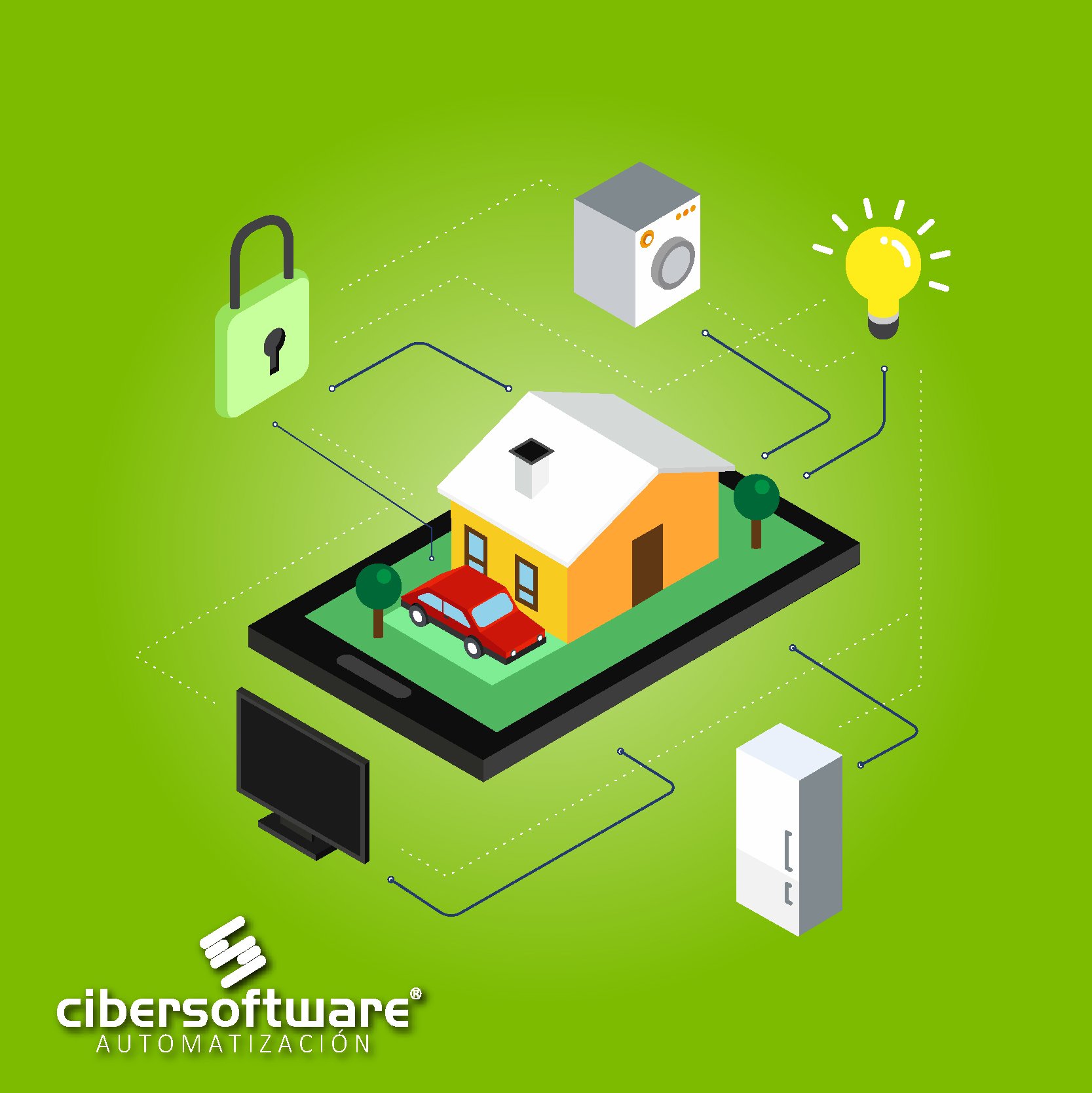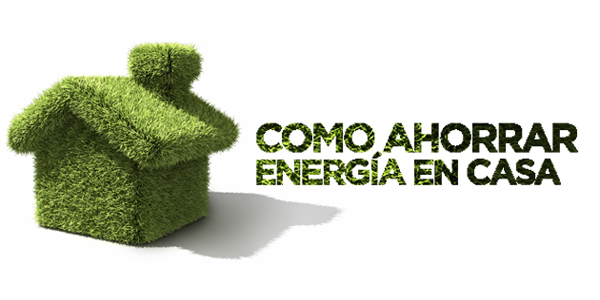Energy Savings for Homes
The control equipment to save electricity can be used at home and in the company. They measure the consumption of up to 10 electrical devices and let you know if the contracted power is what you really need. In addition, you can detect and control the ghost consumption of your home. And to know at all times its cost in euros. Likewise, they can be combined with individual accessories that indicate the correct functioning of a specific device or equipment. Depending on the power contracted, a reduction in power could help us save more than 120 euros per year. In short, they allow to know their consumption instantly and their value in euros, if the contracted power is the real consumption, avoid surprises in the electricity bill, allow control of consumption from the Internet, eliminate stand-by and reduce emissions of CO2.

Individuals and organizations that are direct consumers of energy can reduce energy consumption to reduce costs and promote economic, political and environmental sustainability. Industrial and commercial users may wish to increase efficiency and thus maximize their benefit. The consumption of energy is directly related to the economic situation and economic cycles, so a global approach is necessary to allow the design of energy efficiency policies. As of 2008, the slowdown in economic growth meant a reduction in global consumption that had an effect on the emission of greenhouse gases (GHGs) .1 Current concerns include energy savings and the environmental impact of generation of electrical energy, seeking generation from renewable energies and greater efficiency in production and consumption, which is also called energy saving.

Appliances have a large part in the domestic energy saving, most of them in Europe have a special label called energy label4 that comes to mention the efficiency in consumption and respectful with the environment, not all appliances have the label, only those that consume a lot or spend a large part of their useful life and are: refrigerators and freezers, washing machines, dishwashers, dryers, domestic light sources, electric oven and air conditioning. European regulations express the energy efficiency of household appliances in a scale of 7 efficiency classes, and are identified by a color code and letters ranging from green and the letter A, for the most efficient equipment, to the red color and the letter G for the least efficient equipment. A class A appliance can consume 55% less than the average class, choosing an appliance with this information can save money.
